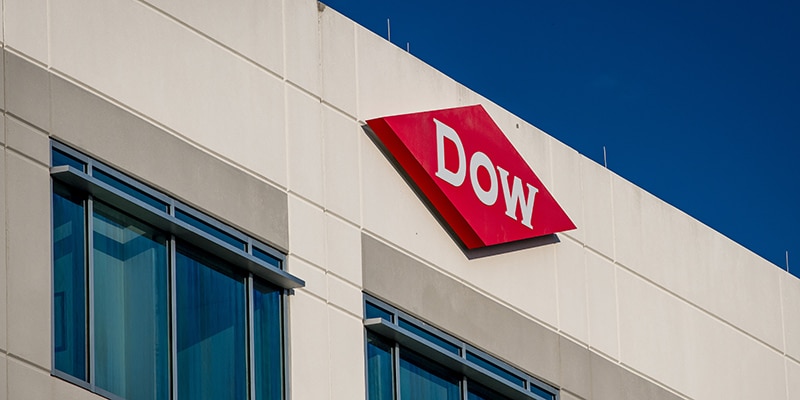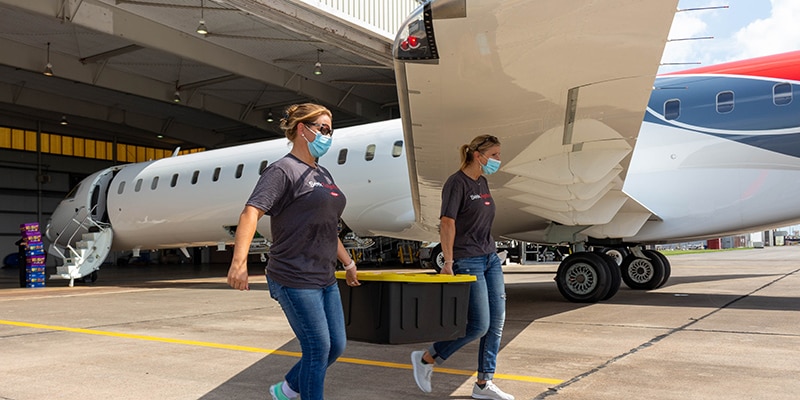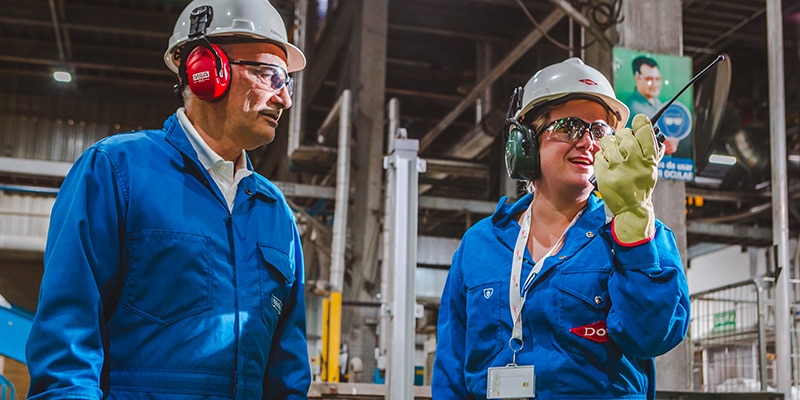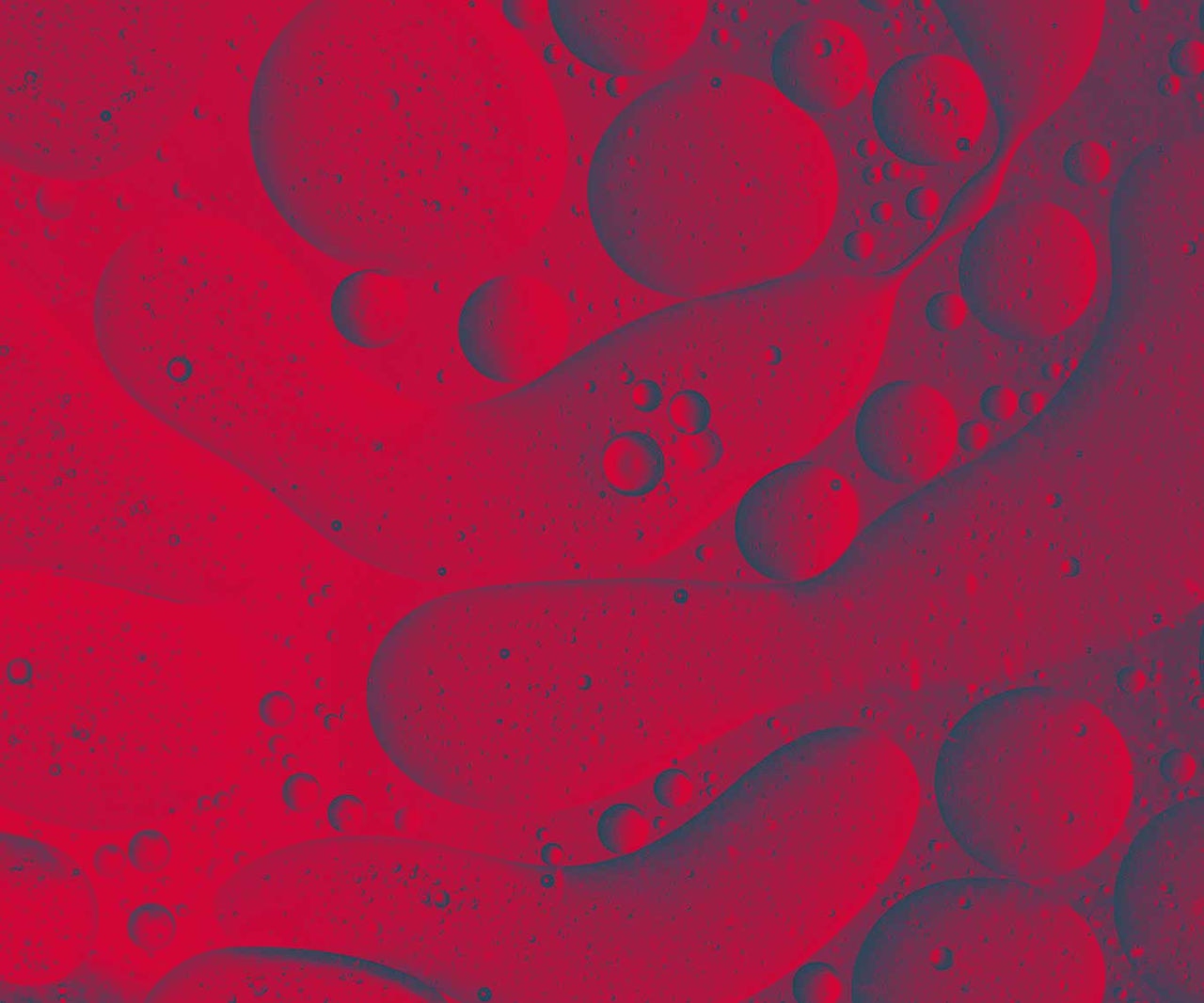

Learn how we make the world a better place as Team Dow. Through respect and integrity, we lead with our core values and innovative spirit to create more sustainable materials science solutions for everyone.

Discover how we’re accelerating positive change around the world. From climate protection and creating safer materials to our focus on global citizenship and inclusion, diversity and equity, Team Dow is making a difference in the communities where we live and work.

Find the latest press releases, news updates, awards and achievements from Dow and stay connected on the impact we’re making in the world.

Explore key collaborations and why we make partnership our passion. Through initiatives and sponsorships, we can work together to create a more positive impact for all.

Team Dow makes us one of the most innovative, customer-centric, inclusive and sustainable materials science companies in the world. Find opportunities to join Dow in a capacity that works best for you.

Welcome to the Seek Together™ blog
Explore inspiring articles and case studies about the people on Team Dow making positive change around the world. Discover how their collaboration and expertise help them imagine better to create a more sustainable future.

The stories
Filter By:
The films

Like what you see?
Sign up to receive more content like this in your inbox.
You’re almost finished!
Check your inbox to confirm your email and finalize your registration to Seek Together Digest.